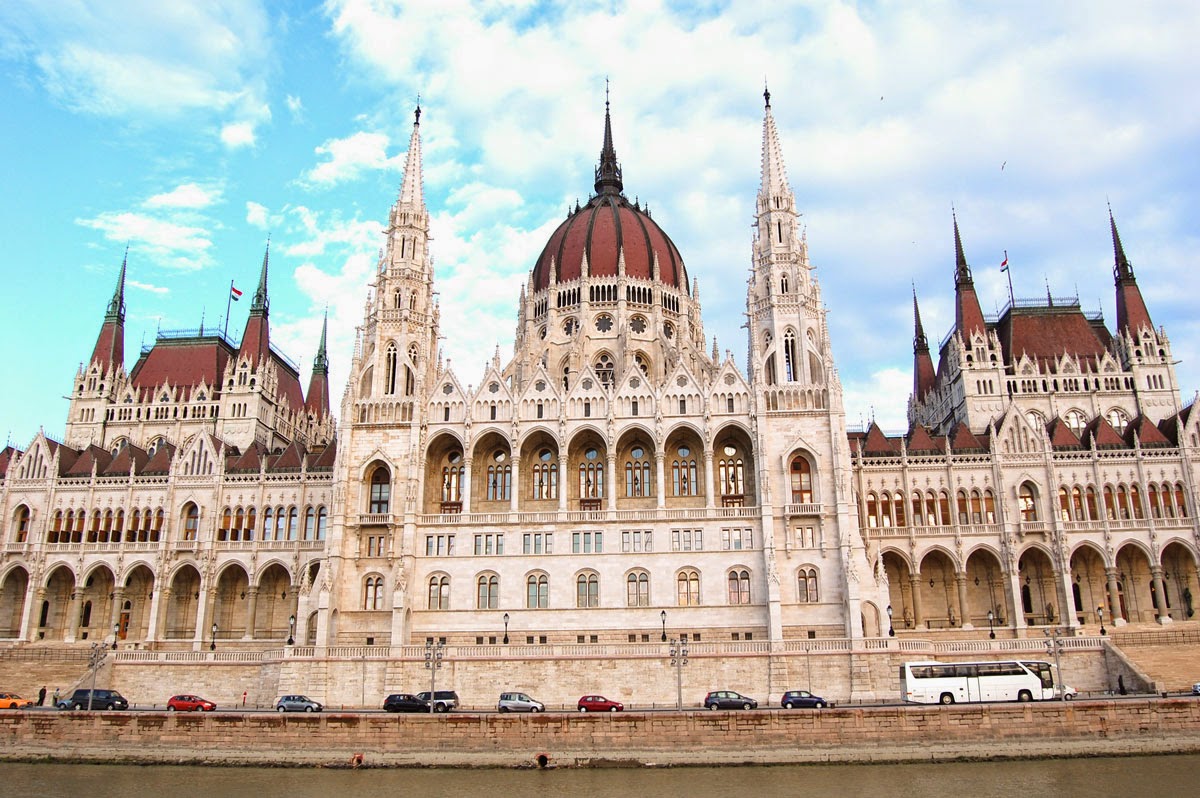"We educate kids to be settled in a comfortable chair. You have your job. You have your little car. You have a place to sleep. And the dreams are dead. You don’t grow on a secure path. All of us should conquer something in life. And it needs a lot of work. And it needs a lot of risk. In order to grow and to improve, you have to be there at the edge of uncertainty."
Francis Mallmann uttered those words in the Netflix series Chef's Table while I sat sipping coffee before going to work. And I tell you, I've never felt more like I needed a big change in my life. Do we really want to sit at a desk for 8+ hours a day, making money for someone else? How did we get to this point? Is there room for all of us to follow our dreams?
It's not often a television show can send me into an existential crisis, but this one is worth it. I started watching Chef's Table in the 30-minute coffee breaks I build into my morning routine. (If you've ever lived with me, you know the one thing I can't stand is rushing, so I wake up 3 hours before I have to be at work to walk the dogs, squeeze in some quick yoga, get ready, and eat breakfast.) From the first episode, starring Massimo Battura, I was hooked. The show opens with the story of the Modena earthquake in 2012, when centuries-old buildings crumbled and thousands of wheels of honest-to-goodness parmigiana-reggiano toppled and broke. In an effort to help the cheesemakers sell the blocks of cheese before they spoiled, Massimo offered up his recipe for a classic Italian risotto, and people across the country made the meal--the largest dinner party in Italy, they say.
In another episode, Francis Mallmann cooks traditional Argentinian cuisine, with his own twists, over open flames. We see the house he lives in, alone, on a small island in a lake tucked away in the Andes. We watch him teach young students how to cook curanto, an ancient way of heating food in a pit with hot stones. We watch him fish and connect with the earth in the most natural ways possible.
While the photography is spectacular and the food is stunning, what gets me is the philosophy that each chef shares. Dan Barber shows us how to reconnect with the land and leave little destructive impact. Francis Mallmann teaches us that living a comfortable life isn't the most rewarding. And Niki Nakayama discovers that her she can use her creativity to display the hidden sides of her personality, the ones she's too shy to share with anyone.
Watching some of the world's greatest chefs use their passion to create the lives they want and using their influence to change the world gives me a little hope. Maybe we can follow our dreams--we just have to figure out what they are first. But until then, here's Massimo Batturo's Rissotto Cacio e Pepe recipe, courtesy of NPR:
Risotto Cacio e Pepe
1/2 pounds Parmigiano-Reggiano, aged for 30 months4 quarts still mineral water17.5 ounces Vialone Nano or other arborio rice1 tablespoon extra-virgin olive oil1 teaspoon white peppercorns1 teaspoon Szechuan or black peppercorns1 teaspoon long Jamaican peppercorns1 teaspoon Sarawak peppercorns
Parmigiano-Reggiano water, made 24 hours ahead
To make the Parmigiano-Reggiano water: Grate the cheese and mix with the room-temperature mineral water in a large pan.
On the stovetop, slowly heat the water until the Parmigiano-Reggiano starts to form threads at the bottom. A thermometer will read between 176 and 194 degrees Fahrenheit. Remove the pan from the heat and let it to cool to room temperature. Cover with plastic wrap and leave overnight in the fridge.
The next day, take the solid part that has formed on the top and place it in a bowl. This will be used to cream the risotto. Strain remaining solid part to collect the Parmigiano-Reggiano water. Cut the solid part into thin slices and cook in the microwave for a couple of seconds. This is tasty with crackers!
To make the risotto: Over low heat, simmer Parmigiano-Reggiano water in a pot. Put the olive oil in a heavy-bottomed pan. Add the rice and toast until it starts to warm up.
Wet the rice with the Parmigiano-Reggiano water. Stir and continue cooking, adding liquid as you would with any risotto. About three-quarters of the way through cooking, add a little bit of the solids that separated from the Parmigiano-Reggiano water.
When the rice is ready, in 30-35 minutes, remove the pan from the heat and briskly mix in the remainder of cheese to give the risotto a creamy texture.
Crack the pepper individually and grind the Jamaican pepper. Spread the risotto out on a plate and sprinkle generously with the various types of pepper. Serves 4.





























































